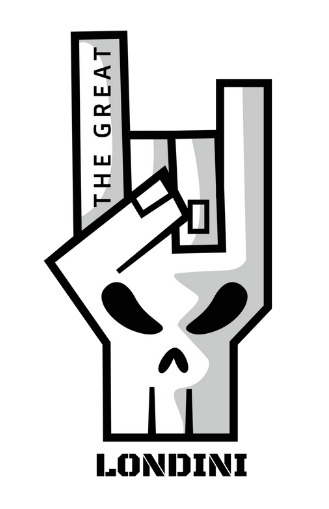On This Day – May 28, 1987: The Birth of the GIF
Before memes, before social media, and long before smartphones became our go-to for everything, a quiet tech revolution began. On May 28, 1987, CompuServe — one of the earliest online service providers — released a file format that would change the way we communicate visually: the Graphics Interchange Format, or simply, the GIF.
Fast forward a few decades, and GIFs are now a universal language of the internet — used to express emotion, humor, and reactions without saying a single word.
What Is a GIF, Anyway?
A GIF is a compressed image format that supports both static and animated graphics. When it first launched, it wasn’t about funny cat loops or dance moves. It was developed to solve a very real problem at the time: how to display high-quality images on slow internet connections.
Thanks to clever compression and the ability to use 256 colors, GIFs could be shared across dial-up networks without choking the system. And since it supported animation, it became a fun and creative way to add motion to a webpage without using heavy video files.
Why CompuServe Created the GIF
In the early days of online services, CompuServe wanted a way for users to view images and graphics in forums and on their information boards. They needed a cross-platform solution that worked well across various systems — and thus, the GIF87a format was born.
It was followed by GIF89a in 1989, which added transparency and metadata support — features that helped solidify its staying power.
From Utility to Pop Culture Icon
Who would’ve guessed in 1987 that GIFs would one day become internet royalty? Today, they’re a cornerstone of digital expression — embedded in texts, tweets, group chats, and even work emails. Whether it's a famous movie quote or a dancing baby, the GIF is often our go-to tool for saying what words can’t.
They’re short, loop perfectly, and pack a punch of personality — all in just a few seconds.
A Format That’s Here to Stay
While new image and video formats have emerged over the years (PNG, MP4, WebP), the humble GIF remains a cultural staple. It may have started as a simple solution to a technical challenge, but over time, it became a visual language all its own.
So today, on May 28, we tip our hats to CompuServe and the little file format that could — and did — change the internet forever.
Happy Birthday, GIF!

